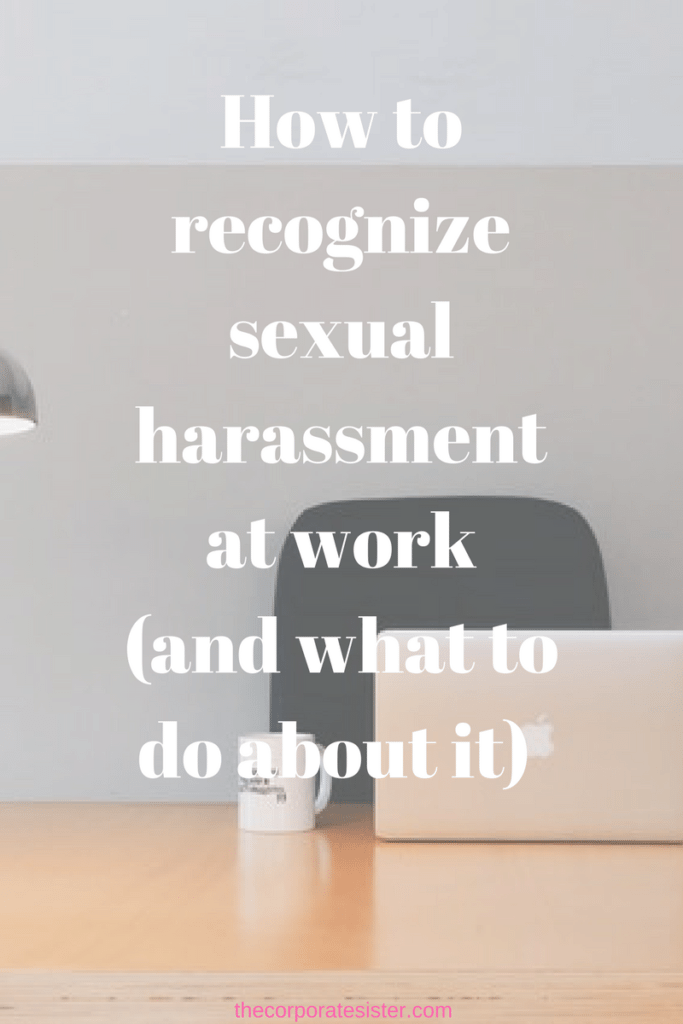 Sexual harassment has always been rampant in the workplace. While the recent claims and allegations have brought it to light in the past months, this problem has existed for a very long time. Yet, it has been (and still is ) muddied by the many perceptions about what constitutes sexual harassment and what to do about it. This is all the more prevalent as most of the legislations in effect around sexual harassment are decided on by men, while most of the policies around sexual harassment are also written by men in the workplace.
Sexual harassment has always been rampant in the workplace. While the recent claims and allegations have brought it to light in the past months, this problem has existed for a very long time. Yet, it has been (and still is ) muddied by the many perceptions about what constitutes sexual harassment and what to do about it. This is all the more prevalent as most of the legislations in effect around sexual harassment are decided on by men, while most of the policies around sexual harassment are also written by men in the workplace.
So how does one go about recognizing sexual harassment and actually addressing it? As a general rule, ANYTHING of a sexual nature that makes you, as a woman, feel uncomfortable in the workplace, should make you start considering whether it’s sexual harassment or not.
Some examples may include:
- Inappropriate sexual gestures
- Inappropriate touching of a sexual nature
- Anecdotes of a sexual nature or lewd, suggestive jokes
- Suggestive emails, letters or notes
- Inappropriate sexual images in the workplace
- Staring in a sexually offensive or suggestive manner
- Sexual comments about one’s appearance, body parts or clothing items
- Sexually inappropriate videos or pornographic images or objects
- Sexual inquiries or questions (for instance, inquiring about someone’s sexual orientation or history)
- Offensive or sexual comments about one’s sexual orientation or gender

According to the Department of Labor, there are basically two types of sexual harassment:
- Quid Pro Quo Harassment: This is when an authority figure or someone in a position of authority decides of your employment outcomes based on the condition of sexual acts or favor from the victim;
- “Hostile Work Environment” sexual harassment: This is when the harassment creates an intimidating or hostile work environment from the damaging conduct of a sexual nature of co-workers, contractors, customers or supervisors.
These examples above are not all-encompassing. If you encounter any sexual action that contributes in creating a hostile work environment, you may be faced with sexual harassment.
What can you do about it?
If you decide to address it, here are a few steps you can undertake:
-
Get familiar with your company’s anti-harassment policy
Your company should have a policy that informs you on how to file a sexual harassment claim. Look for this policy in your employee handbook or contract, or contact HR to locate it and have access to it. This document will also inform you as to who you should report your claim, what you will have to provide, and what to do if your claim is not addressed. As a side note, you don’t have to inform your manager of any complaint your share with HR. However, if you choose to do so, it may lessen some of the pressure you experience, unless the complaint is against them.
-
Document everything!
Keep a record of every sexual harassment incident you may have experienced. Document the dates, names and witnesses involved, as well as a detailed description of the events. Save any email or text communication that can constitute evidence.
Keep in mind that you should maintain any supporting documentation on personal devices other than your company computer or property. Forward any email or incriminating evidence to your personal email. Remember that if you’re fired, you won’t be able to retrieve any evidence from company property.
-
Know your rights!
Know that your company’s HR department is not your only recourse. You may want to consult a sexual harassment attorney even before you reach out to your HR department.
You should know that your employer cannot legally retaliate against you under Title VII. You should also keep in mind that if you’re assisting a fellow co-worker in a sexual harassment claim and lawsuit, you’re also protected by the law.
-
Don’t quit just yet!
While it’s understandable that you may want to leave a hostile work environment, you should keep in mind that once you quit, you’re no longer able to file a sexual harassment claim on their policy. If you’re interested in filing a lawsuit, you may want to consider filing first before quitting.
-
File a complaint with the Equal Employment Opportunity Commission
In case you have a Title VII complaint, you can file a discrimination complaint with the EEOC. Note that you have 180 days from the date on which you have experienced the discrimination to file. You also do not have to use an attorney to file this complaint. Read more on instructions here.
The EEOC will then notify your employer and begin an investigation. At this point, the EEOC may attempt to settle, file a lawsuit in federal court, or dismiss the charge, depending on the results of the investigation.
-
You can file a lawsuit in court
If your case is dismissed by the EEOC, you will be issued a notice to advise you of your right to sue in court, or a “right-to-sue” letter. You may also request this letter if you want to sue in court before the end of the EEOC investigation.
What other tips would you recommend?
To Your Success,
The Corporate Sister.






